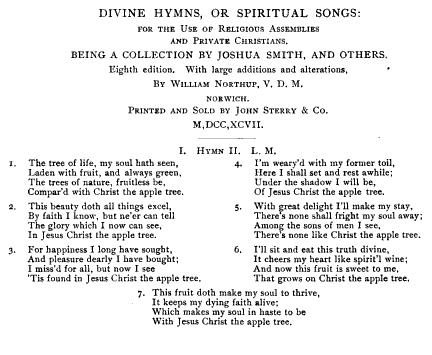Art vs art for the woman
21 January 2011 Leave a comment
My wife is presently reading a Nineteenth century tome titled Middlemarch by George Eliot, a portion of which she quoted on her blog yesterday.
“‘And what is a portrait of a woman? Your painting and Plastik are poor stuff after all. They perturb and dull conceptions instead of raising them. Language is a finer medium.’
‘Yes, for those who can’t paint,’ said Naumann. ‘There you have perfect right. I did not recommend you to paint, my friend.’
…
‘Language gives a fuller image, which is all the better for being vague. After all, the true seeing is within; and painting stares at you with an insistent imperfection. I feel that especially about representations of women. As if a woman were a mere coloured superficies! You must wait for movement and tone. There is a difference in their very breathing: they change from moment to moment. — This woman who you have just seen, for example: how would you paint her voice, pray? But her voice is much diviner than anything you have seen of her.’”
Intriguing dialogue indeed, and I find myself as a visual artist not attempting to defend the visual arts here but continuing the conversation by suggesting that writing falls short then of music. If we are talking about the woman’s voice, how can we neglect its auditory quality — the thing that makes a voice — by suggesting that the art most apt to describe it is merely ink on paper. Just like a painting, pigment on a surface. Music is both reverberation and story. Why isn’t it the best portrait of a woman? What about opera then, or theater, taking the element of story even further and giving us visual aids?
The crux of these arguments is that each artistic form, each craft has its own qualities different from the other. Every one has some weakness and some strength when pitted against its competitor. And all of them fall short, go figure, of representing an actual woman.


Recent Comments